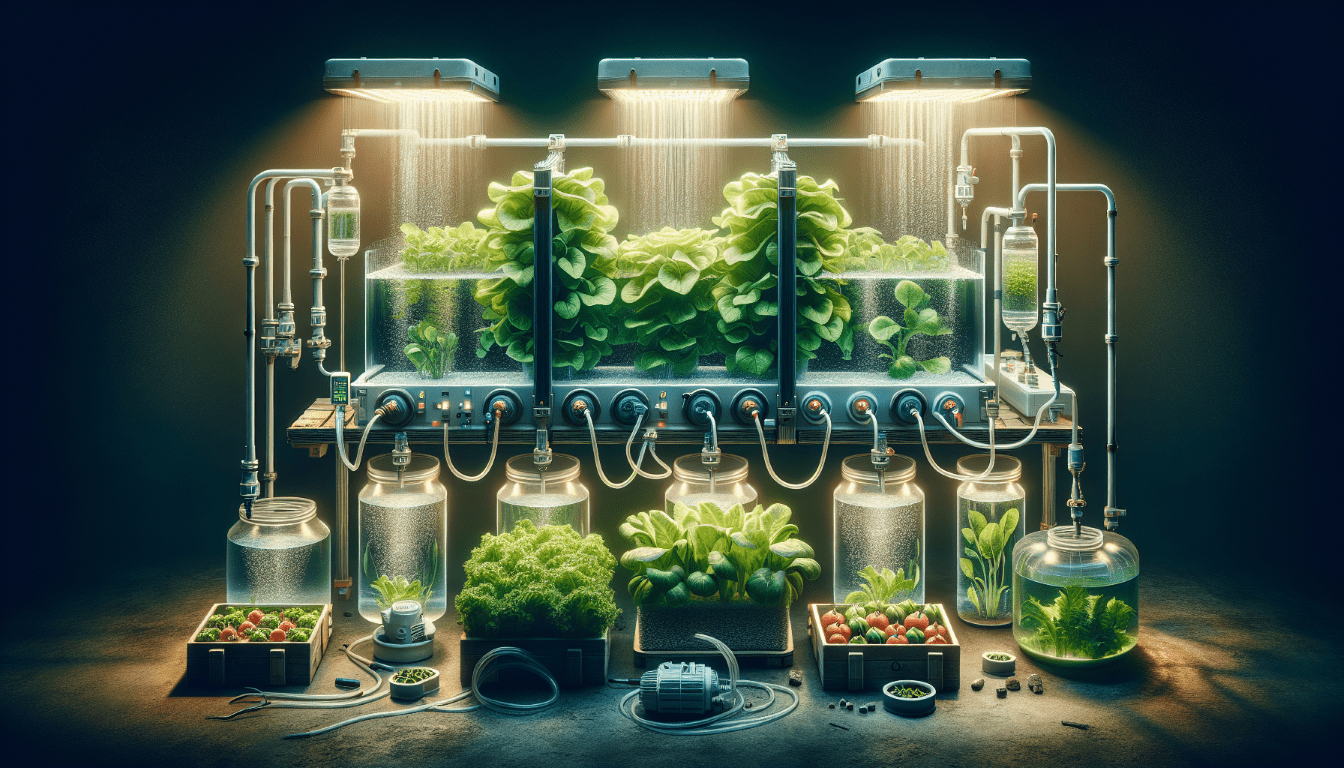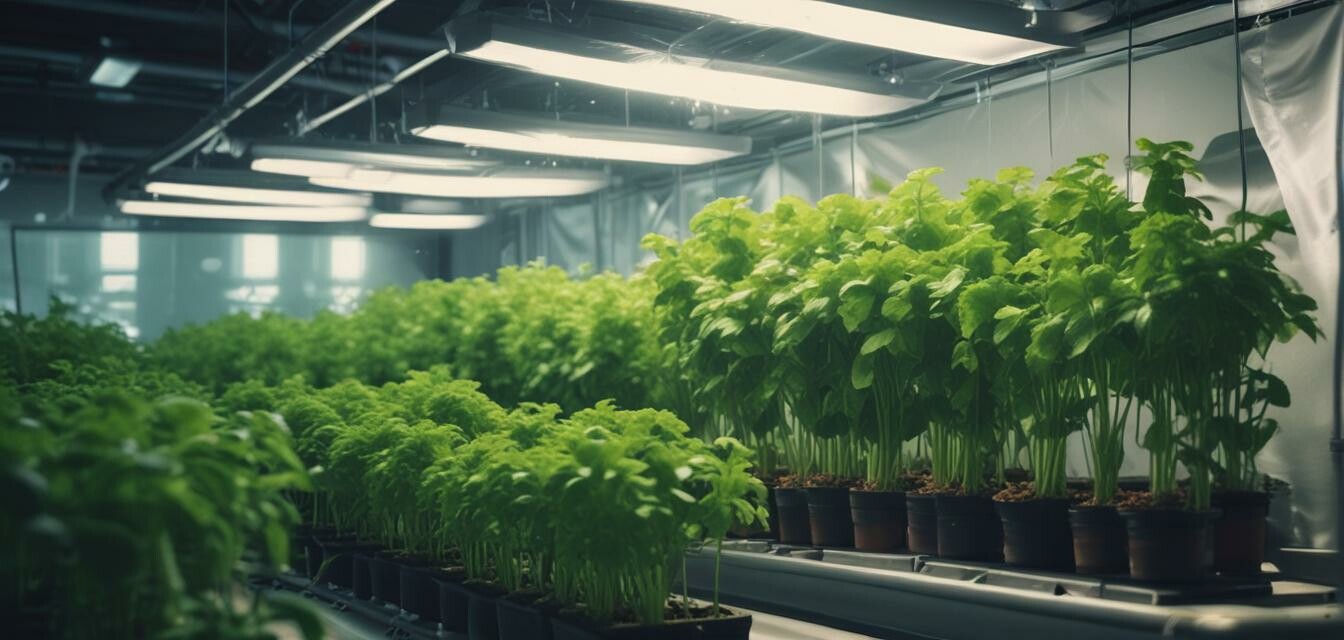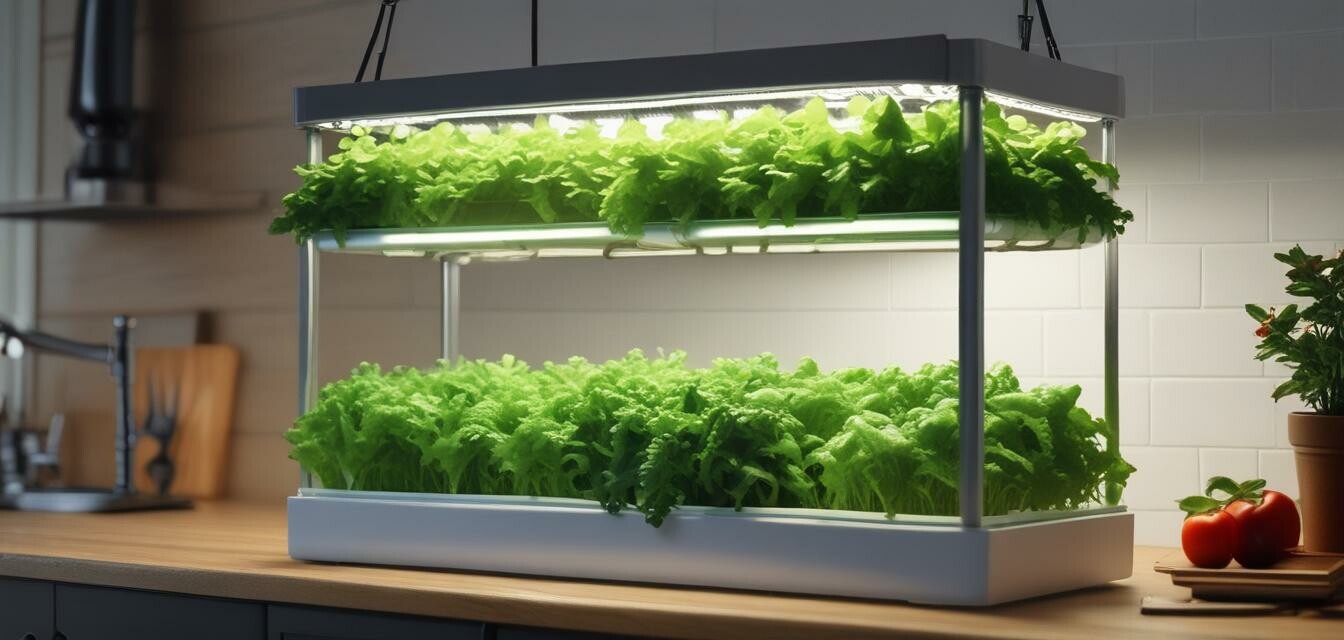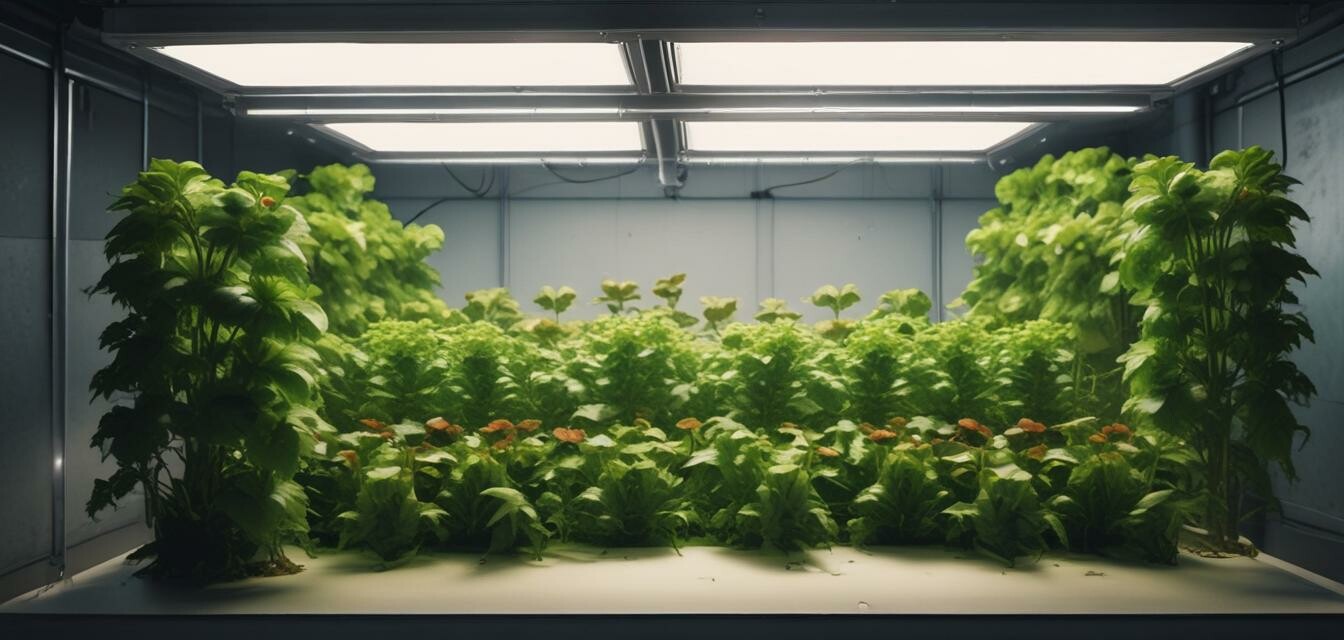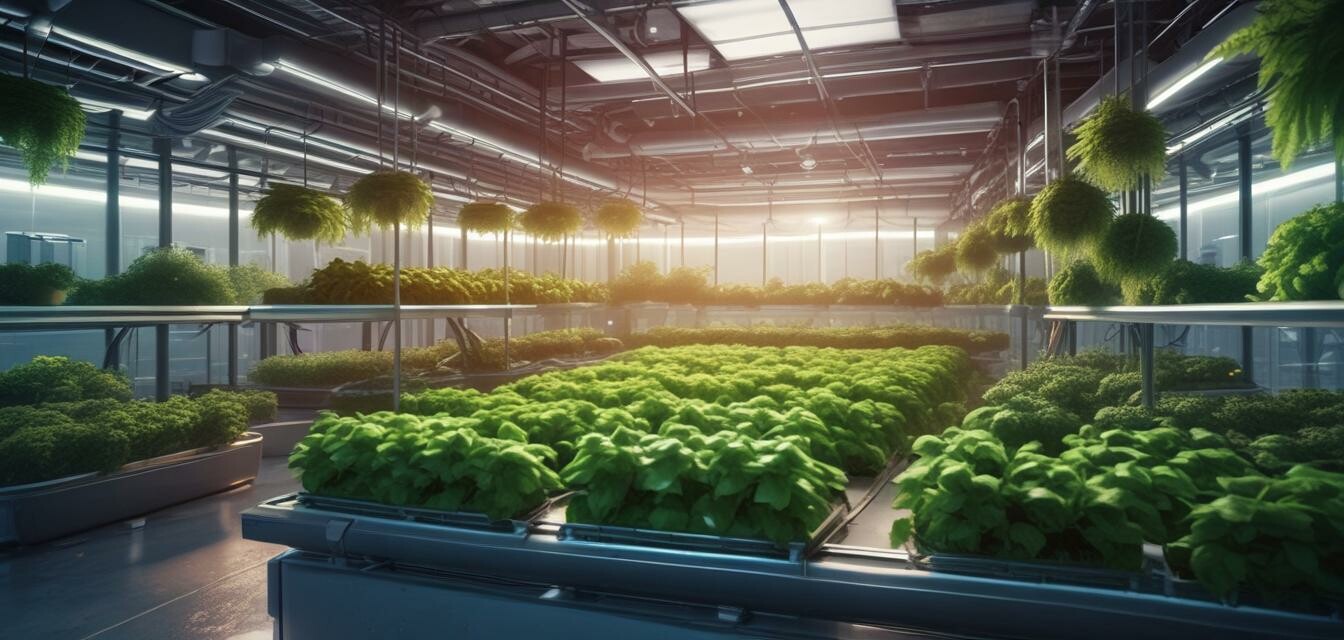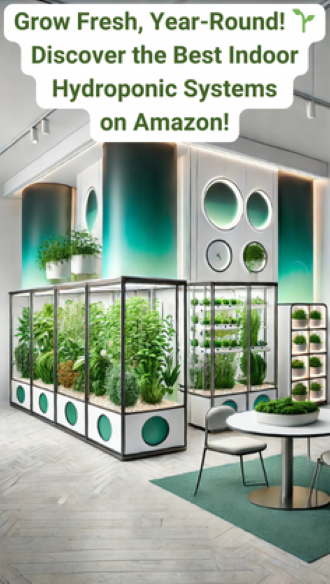
Nutrient Solutions and Feeding: A Comprehensive Guide for Hydroponic Growers
When it comes to hydroponic gardening, nutrient solutions play a crucial role in ensuring healthy plant growth. In this article, we'll delve into the world of nutrient solutions and feeding, providing you with a comprehensive guide to create and manage the perfect blend for your plants.
Key Takeaways:
- Understand the importance of nutrient solutions in hydroponic systems
- Learn how to create a balanced nutrient solution
- Discover the different types of nutrient solutions available
- Familiarize yourself with pH management and adjustment techniques
- Find out how to monitor and adjust your nutrient solution
What Are Nutrient Solutions?
In traditional soil-based gardening, plants receive essential nutrients from the soil. In hydroponic systems, plants rely on nutrient solutions to provide the necessary nutrients for growth. A nutrient solution is a mixture of water and essential micronutrients, macronutrients, and other beneficial substances that promote healthy plant development.
Importance of Nutrient Solutions in Hydroponics
Nutrient solutions are the lifeblood of hydroponic systems. Without a balanced and nutrient-rich solution, plants will struggle to grow and thrive. A well-formulated nutrient solution ensures that plants receive the necessary nutrients to develop strong roots, stems, and leaves, and to produce abundant fruits and flowers.
Creating a Balanced Nutrient Solution
Creating a balanced nutrient solution involves mixing the right proportions of macronutrients (nitrogen, phosphorus, and potassium) and micronutrients (calcium, magnesium, and sulfur) with water. The ideal ratio of these nutrients will vary depending on the type of plants you're growing and their growth stage.
| Nutrient | Function | Recommended Ratio |
|---|---|---|
| Nitrogen (N) | Leaf growth and development | 10-20% |
| Phosphorus (P) | Root development and flower/fruit production | 5-10% |
| Potassium (K) | Overall plant health and resistance | 10-20% |
| Calcium (Ca) | Cell wall development and root growth | 5-10% |
| Magnesium (Mg) | Chlorophyll production and photosynthesis | 2-5% |
| Sulfur (S) | Plant defense and immune system | 1-2% |
Types of Nutrient Solutions
There are several types of nutrient solutions available, each with its own strengths and weaknesses. Some common types include:
- General-purpose nutrients: Suitable for most plants and growth stages
- Bloom boosters: High-phosphorus formulas for flowering and fruiting plants
- Vegetative growth promoters: High-nitrogen formulas for leafy greens and vegetative growth
- Organic nutrients: Derived from natural sources, such as fish bone meal and alfalfa meal

pH Management and Adjustment
pH management is critical in hydroponic systems, as plants are sensitive to extreme pH levels. The ideal pH range for most plants is between 5.5 and 6.5. Use pH meters to monitor your solution's pH and adjust it as necessary.
Monitoring and Adjusting Your Nutrient Solution
To ensure optimal plant growth, regularly monitor your nutrient solution's pH, temperature, and nutrient levels. Adjust your solution as necessary to maintain a balanced and nutrient-rich environment.
| Parameter | Recommended Range |
|---|---|
| pH | 5.5-6.5 |
| Temperature | 65-75°F (18-24°C) |
| Nutrient levels | As recommended by the manufacturer |
Conclusion
In this article, we've covered the importance of nutrient solutions in hydroponic systems, how to create a balanced solution, and the different types of nutrient solutions available. By following these guidelines and monitoring your solution's pH and nutrient levels, you'll be well on your way to growing healthy and thriving plants.
For more information on hydroponic systems and equipment, check out our guides on Countertop Hydroponic Kits, Environmental Control Equipment, and Lighting Solutions for Hydroponics.
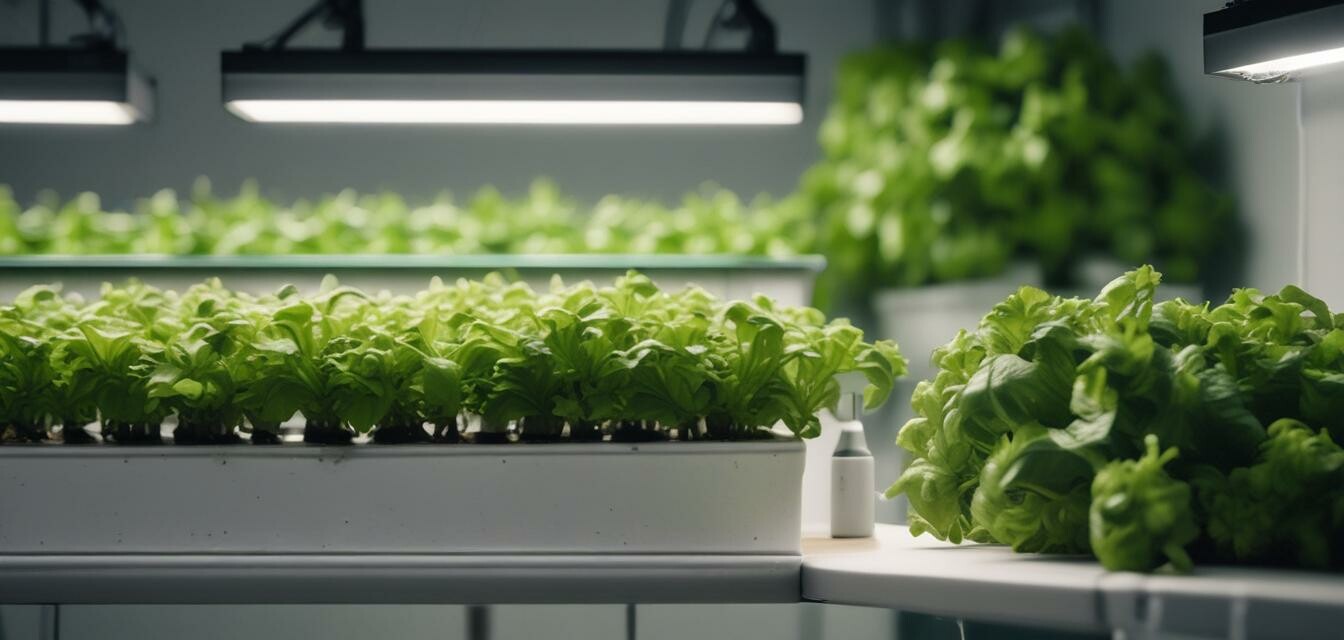
Pros of Using Nutrient Solutions
- Customizable to meet specific plant needs
- Allows for precise control over nutrient levels
- Can be used in a variety of hydroponic systems
Cons of Using Nutrient Solutions
- Requires regular monitoring and adjustment
- Can be costly, especially for large-scale systems
- May require additional equipment, such as pH meters
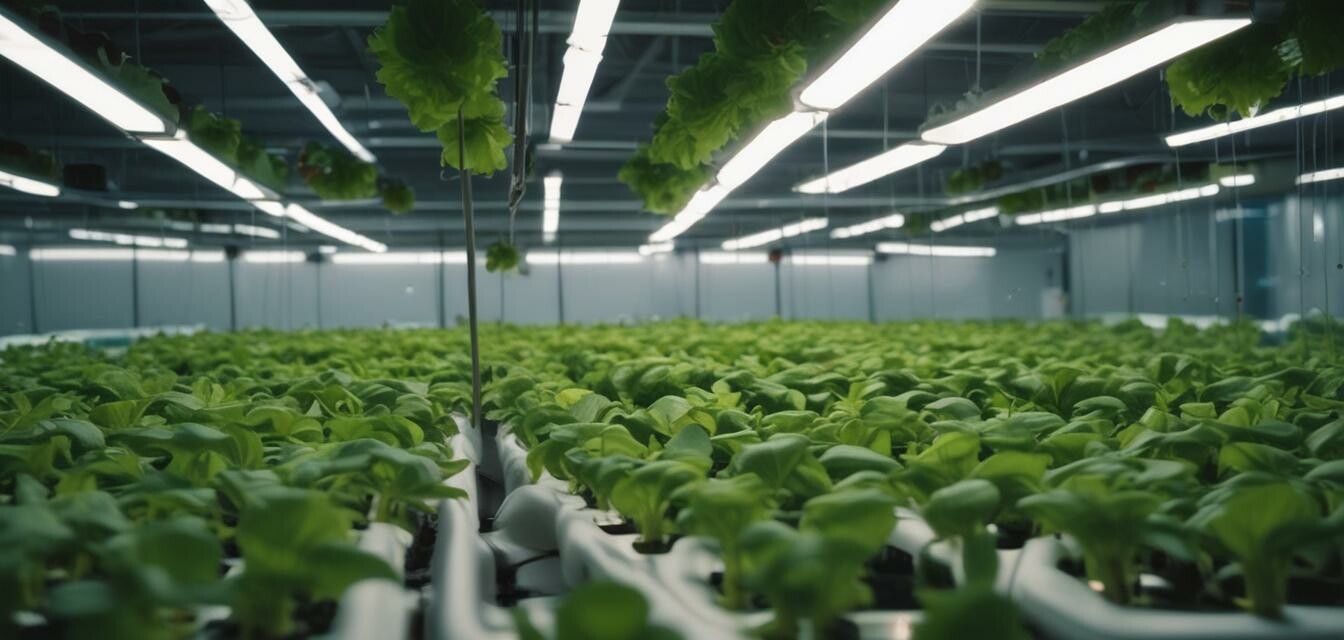
Beginners' Tips:
- Start with a general-purpose nutrient solution and adjust as necessary
- Monitor your solution's pH and nutrient levels regularly
- Consult with experienced growers or online resources for guidance
